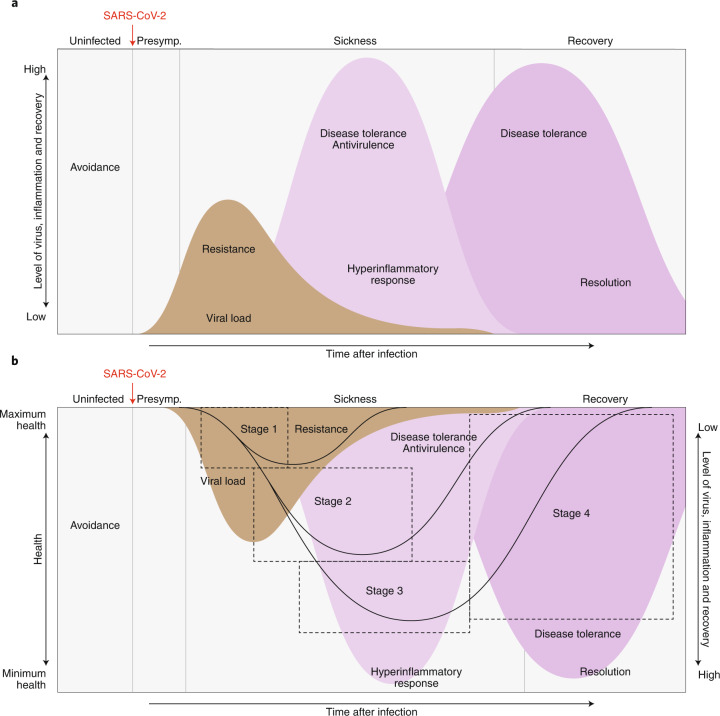Fig. 4. Relationship between disease stage and therapy for patients with COVID-19.
After SARS-CoV2 infection, the virus replicates and reaches peak levels during stage 1, after which the levels steadily decline44–47. As viral levels decline, the host inflammatory response increases during the hyperinflammatory phase. Eventually this response decreases, and the recovery phase of the disease begins. An examination of the relationships among these parameters and the clinical course of the infection dictates which defence strategies will be most effective. Before infection, avoidance is the most clear defence strategy. After infection, patients will be in a presymptomatic (presymp.) phase of the infection, which is followed by stage 1 with fever, malaise and other mild symptoms. The viral levels peak and continue to decline as patients exit stage I, independently of whether patients will recover or progress to a severe or critical stage of infection. Antivirals are most effective for asymptomatic individuals and patients in stage 1. By stage 2, the host inflammatory response drives the disease, which continues into stage 3. Disease-tolerance and antivirulence strategies are most effective for patients in stages 2 and 3. Should patients survive, the host inflammatory response subsides, and the resolution phase begins; patients proceed toward recovery in stage 4. Disease-tolerance drugs are most effective for patients in stage 4. Patients who peak in disease severity in stages 1 or 2 can bypass stage 2 or 3, respectively, and enter into the recovery phase.

